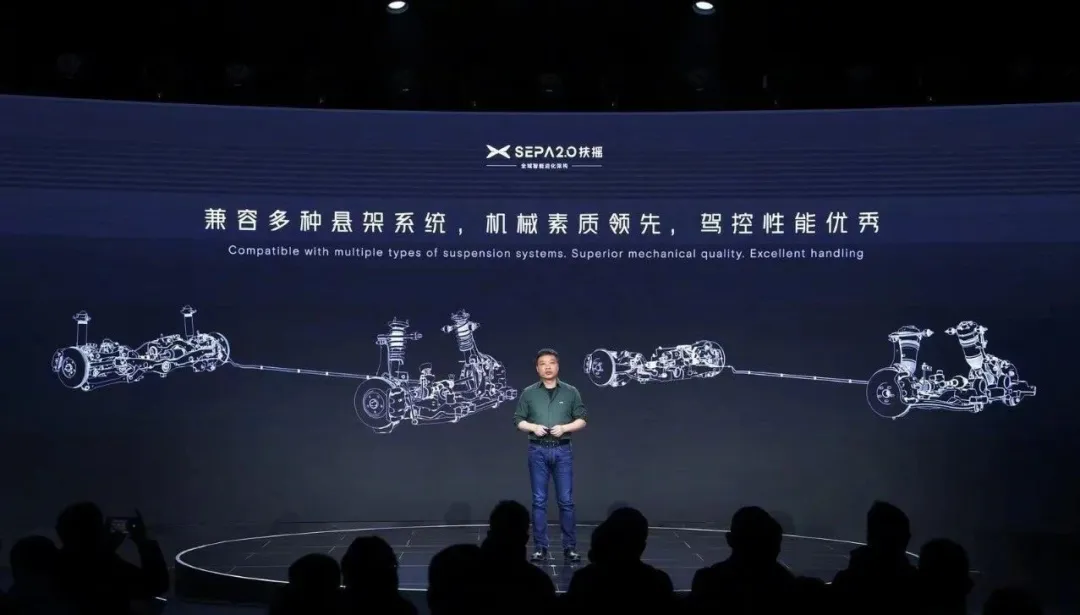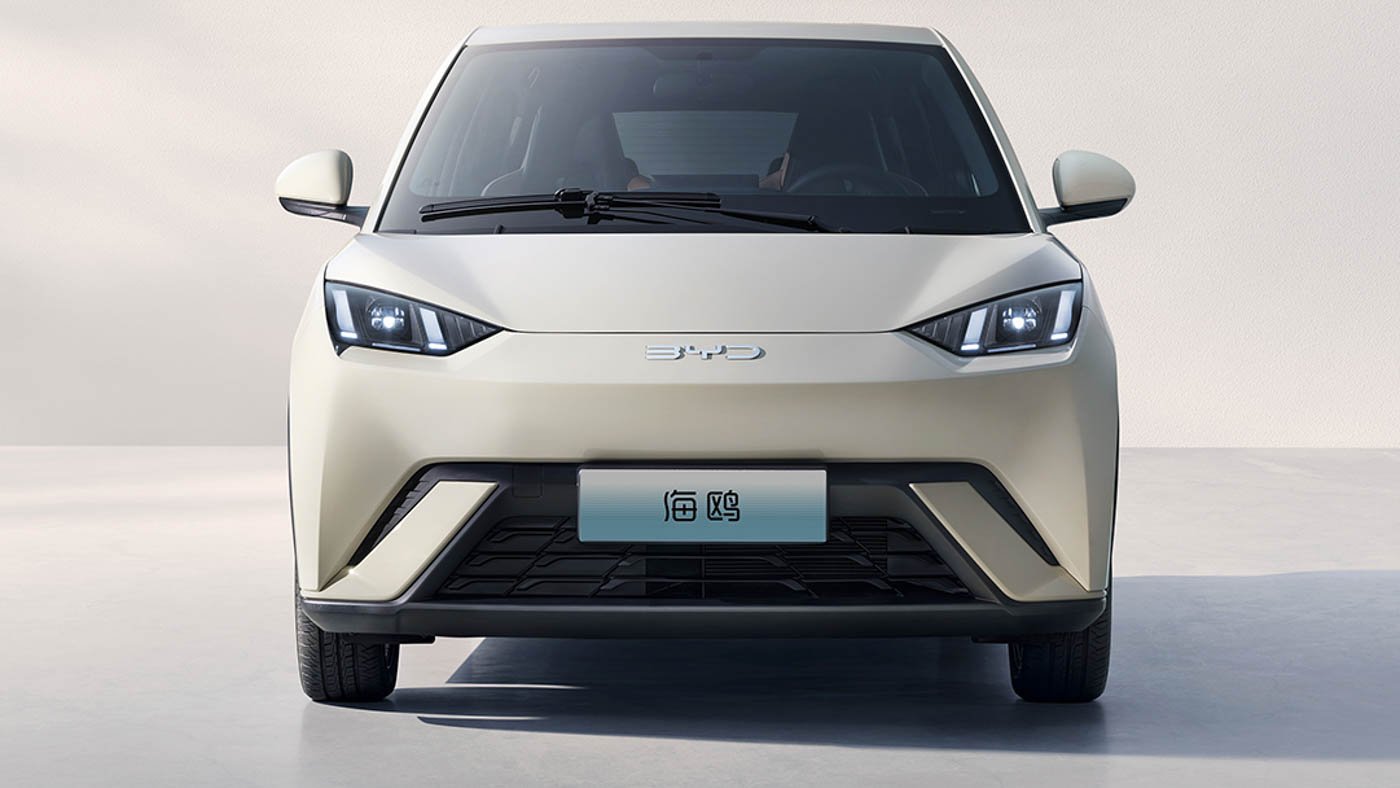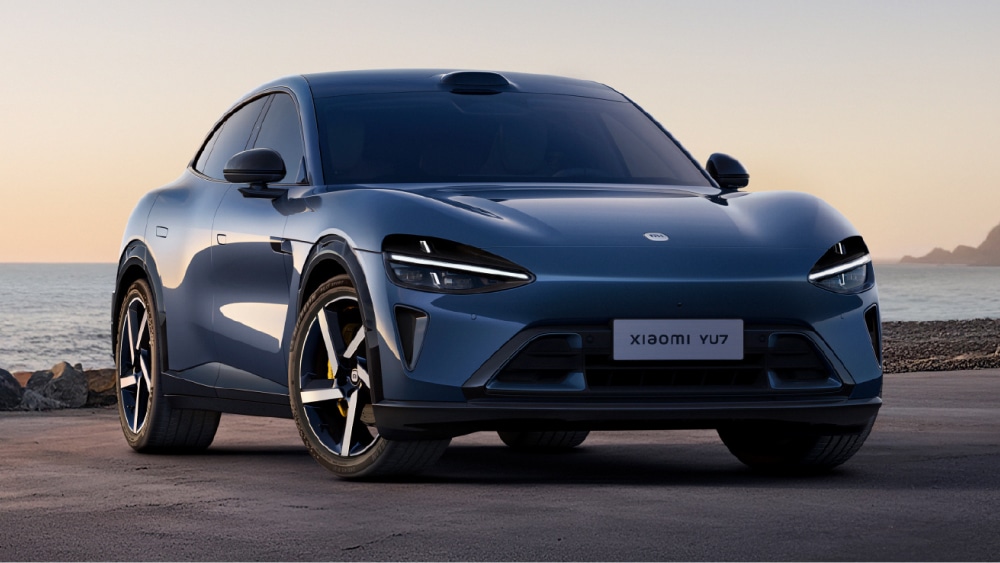Not only are matchmaking aunties inquiring if you own a car, but car companies in China are also taking note. Many EV manufacturers are positioning their latest models as every young person’s first car.
Last week, Huawei released its latest car model, the Luxeed R7. Marketing around the vehicle, Huawei’s first SUV, heavily targeted younger buyers. One car influencer on Xiaohongshu called Cici noted that the car’s features are especially appealing to young people and women in particular, featuring high-tech capabilities such as hood opening with two gentle knocks.
And Huawei is just one of several car manufacturers that have recently been marketing towards younger consumers. Netizens with a sharp eye also spotted Xiaomi’s latest SUV model is still under development. Internally referred to as MX11, which is expected to release at the end of 2025. As Xiaomi’s SU7 references Ferrari’s Model 3, this latest car is speculated to be inspired by Ferrari’s Model Y.
Looking at these leaked photographs, netizens are claiming that young people’s first “Ferrari” is on the horizon, anticipating Xiaomi’s upcoming car luxury vehicle.
What connects these models from different manufacturers is a number of features that car advertisers typically reference when marketing an EV towards young buyers.
For example, the car blogger account 小二谈车 (Xiao Er Talks Cars) highlighted the XPeng Mona M03 for its futuristic exterior and features like LED headlights. Inside, the vehicle is highly equipped with the latest technology, which can be accessed via a hovering touchscreen. The car’s functionally large trunk is also perfect for weekend outings, catering to young buyer’s hobbies.

But are young buyers really buying in?
One caveat is the high price of these EV cars. According to the WeChat blog Vista, most of these models start at 250,000 RMB (around 35,000 USD), a price inaccessible to most young people. For comparison, a Tesla Model 3 starts at 231,900 RMB (around 32,000 USD).
Judging from data on the consumer demographic of EV cars, the average age for buying one’s first car is 35 years old. To car companies, however, 35 years old is still considered “young” — far from the youthfulness of new college graduates that car marketers are suggesting.
Millennials and Gen Zs aged between 26 and 30 who can afford these cars are almost all concentrated in cities like Hangzhou, Shanghai, and Beijing. Buyers from big cities are certainly not representative of all young people in China, and for most Chinese people in their early 20s, these car ads are merely sowing seeds for their first car purchase as a “young” person at age 35.
Banner image via Qiche Zhijia.

















